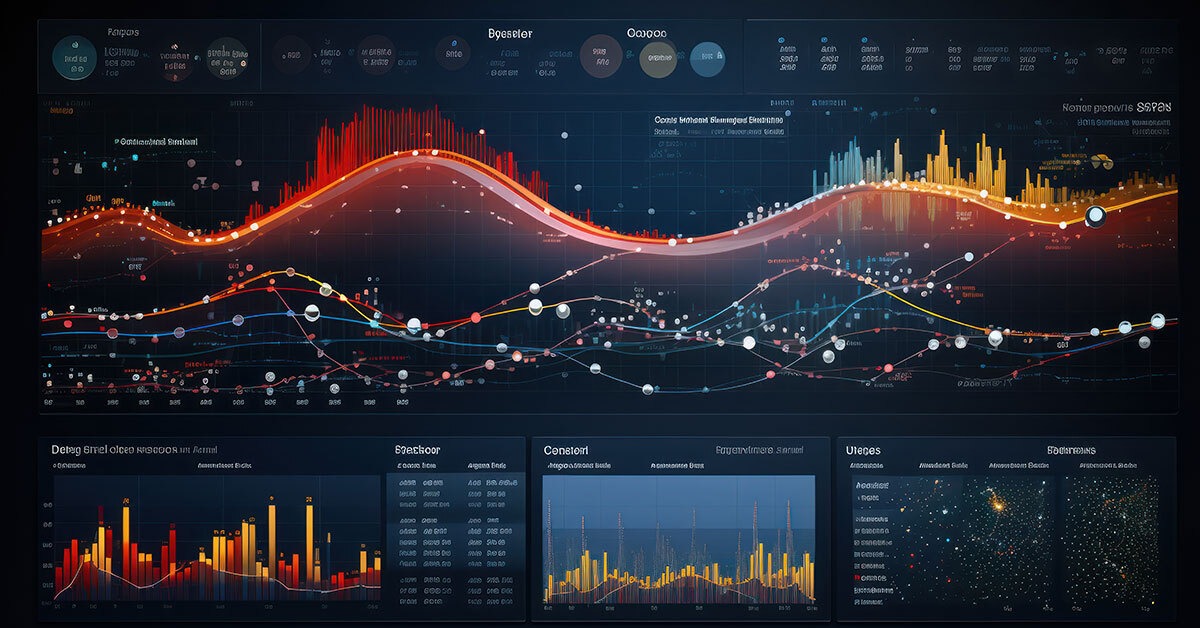Never ever let a stakeholder or client “Wonder what marketing is up to.” When you’re working in marketing, either as a leader or in an agency-client relationship, communicating effectively through reporting is not just a nice-to-have; it’s an essential part of your toolkit and a crucial skill. This guide delves into the art and science of creating informative and transformational reports, catering to agency clients and internal stakeholders.
The Importance of Effective Reporting
In the realm of digital marketing, information is power. But raw data alone is like an uncut gem – valuable, yet unrefined. Effective reporting shapes this data into a clear, compelling narrative that informs decisions, drives strategy, and demonstrates value.
For agencies, this means proving their worth to clients, building trust, and fostering long-term partnerships. It’s about moving beyond spreadsheets and numbers to tell a story that highlights successes, identifies opportunities for improvement, and aligns with clients’ goals.
For marketing leaders within organizations and startups, reporting serves a dual purpose. First, it provides a transparent, objective view of marketing’s impact on the business, which is essential for securing buy-in and budget from upper management. Second, it helps to align team efforts, guiding strategy and tactics in response to real-world performance.
Crafting the Perfect Report: A Step-by-Step Approach
Creating a resonating report requires a blend of art, science, and authenticity. Here’s how to do it:
- Know Your Audience: Understand who you report to and what they care about. For agency clients, focus on metrics directly related to their business goals. For internal reports, highlight how marketing initiatives contribute to overall company objectives.
- Choose the Right Metrics: Not all data is created equal. Select metrics that are meaningful, measurable, and aligned with your audience’s interests. Avoid vanity metrics that look impressive but offer little insight into actual performance.
- Tell a Story: Arrange your data in a narrative that takes your audience on a journey from problem to solution. Visual elements like charts and graphs make complex information accessible and engaging.
- Be Transparent and Honest: Don’t shy away from less-than-stellar results. Being open about challenges and how you plan to address them can actually strengthen your credibility and foster trust.
- Offer Insights and Recommendations: A report should present and interpret data. It should provide actionable insights and concrete recommendations to turn information into action.
- Don’t Leave Out the Bad News: Be transparent by including both the highs and the lows in your report. Acknowledging areas of improvement or unexpected challenges builds trust and sets the stage for constructive dialogue on moving forward.
This addition ensures that your report is balanced, credible, and genuinely useful to the audience, fostering a relationship based on trust and open communication.
Tips for Enhancing Report Quality
To elevate your reporting game, consider these additional tips:
- Automate Where Possible: Use tools and software to streamline data collection and analysis. This allows you to spend more time on interpretation and strategic planning.
- Keep It Concise: Time is precious. Make your reports as brief as possible while still conveying all necessary information.
- Regular Check-Ins: Reporting shouldn’t be a one-off event. Establish regular check-ins to keep stakeholders informed and engaged.
- Seek Feedback: Use feedback from clients and team members to refine your reporting process continuously.
Leveraging Tools for Efficient Reporting
In the digital age, many tools can help you create, distribute, and analyze reports more efficiently. Platforms like Google Analytics, Zapier, Google Sheets, SEMrush, and various CRM systems offer built-in reporting features that can save time and enhance the accuracy of your reports. However, the tool is only as good as the user. Invest time in understanding these platforms’ capabilities and how they can be tailored to your reporting needs.
Conclusion: Reporting as a Dialogue, Not a Monologue
Effective reporting is not about speaking to clients or internal teams; it’s about speaking with them. It’s a dialogue – an ongoing conversation that helps align goals, strategies, and actions. By crafting reports that are not only informative but also insightful and actionable, you can transform data into a catalyst for decision-making and growth. In the end, the goal of any report, whether for an agency client or an internal team, is to provide clarity, foster understanding, and drive informed action. By mastering the art of reporting, you become not just a marketer or a service provider but a trusted advisor and strategic partner.
Keep Reading
Want more? Here are some other blog posts you might be interested in.
On Monday, October 20, 2025, Amazon Web Services experienced a major incident centered in its US-EAST-1 region. The problem began in ...
There is a certain kind of account that arrives wrapped in urgency and praise. They hire you because you are the ...
Entrepreneurship rewards the steady hand. Results surge, then stall, then surge again. If your energy, decision quality, and communication track those ...
For founders and growing companies
Get all the tips, stories and resources you didn’t know you needed – straight to your email!



